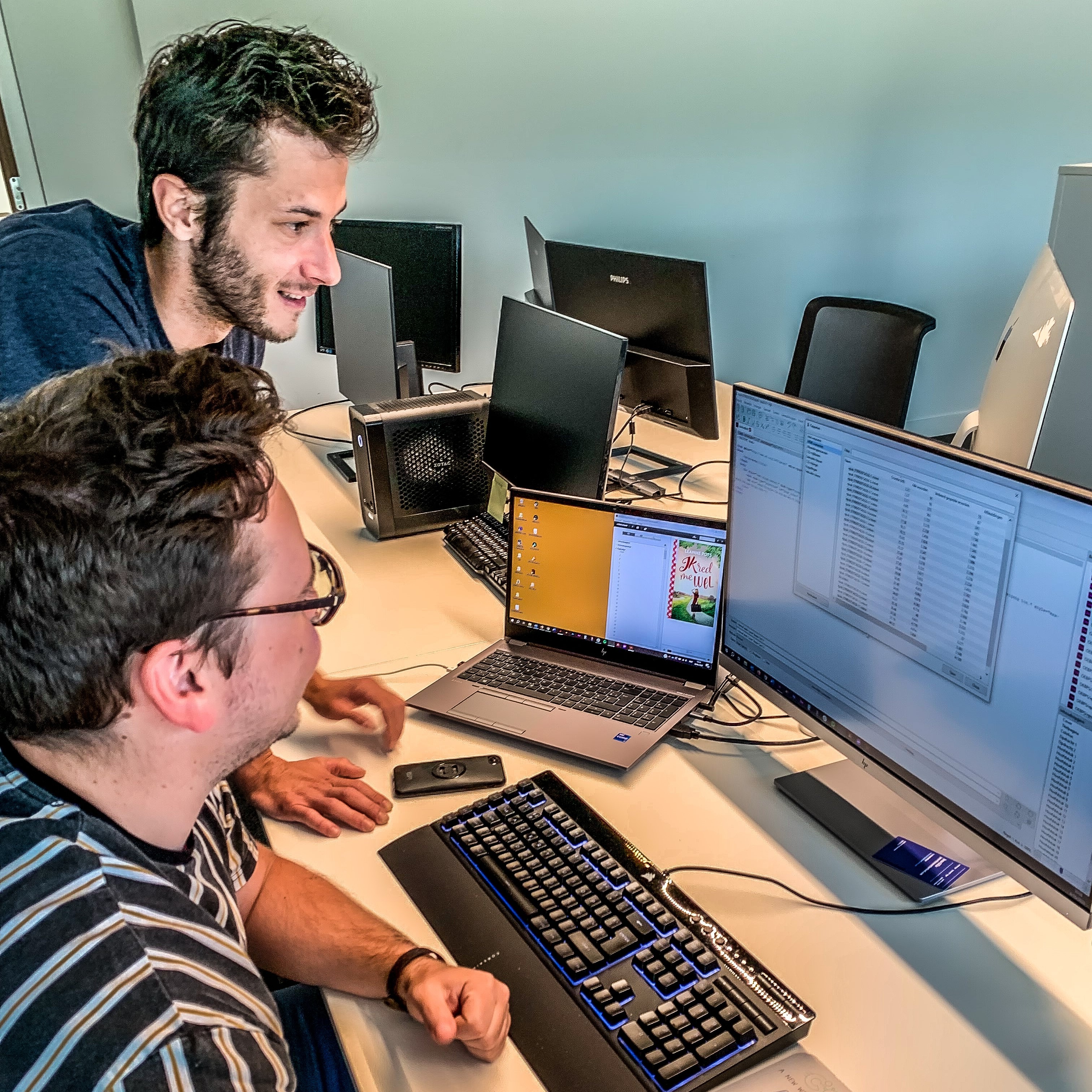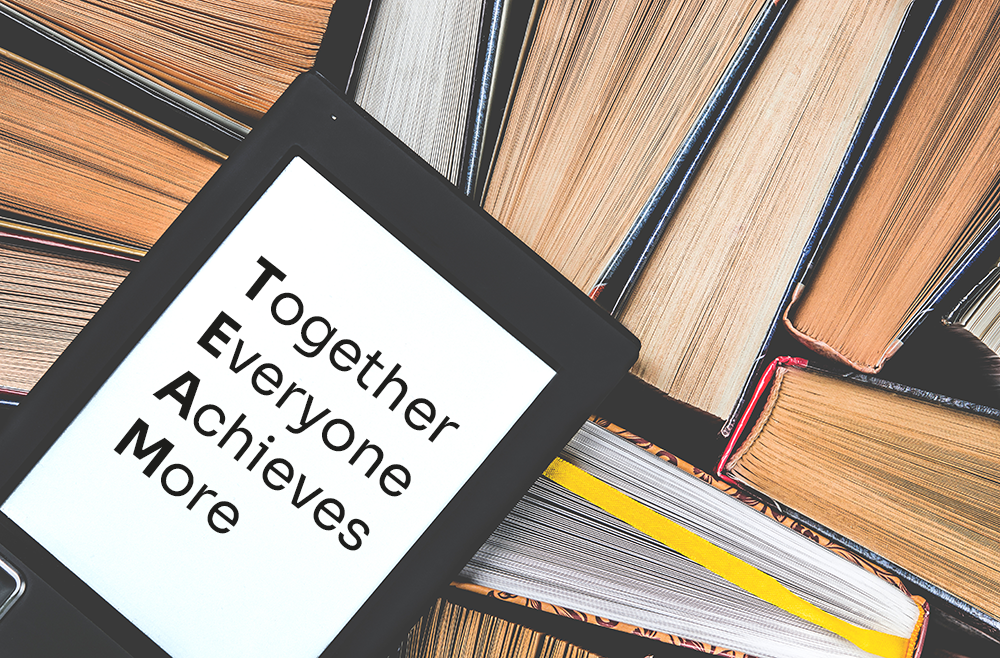Accessible publishing, everyone is looking at each other
2025 is approaching fast. For those who have been living under a rock recent years, allow me to outline the content of the new legislation, what exactly changes and how we can help you as a typesetter to make your content accessible. If there is one saying that really applies, it is this: "In the land of the blind, the one-eyed man is king."


Jens Gilis
What's coming?
Europe is imposing a number of obligations on us. These rules are summarized under the name of the European Accessibility Act. By 2025, the aim is for digital content and communication to be standardized and made accessible to everyone. So all people will have the right to your digital content. For a long time people with a disability were left out, but that is now coming to an end. It is an important decision, but certainly one with major consequences for all publishers. In concrete terms, the Act will affect eBooks, webshops and other audiovisual services. For a complete list and all details, please visit www.digitaaltoegankelijk.nl.

How does that work in practice?
Crius Group's focus is on eBooks, which is our Core business. But what will change and how will the content be made accessible?
Well, the first step is the switch from ePub2 to ePub3. Contrary to popular belief, this change goes beyond just changing the extension. ePub3 contains a lot of extra applications that open up the book to a much wider audience.
By adding an extra layer of metadata, e.g. describing the language of the text, an eReader can read aloud better. This metadata also allows new navigation options in the book. A page list that corresponds to the printed book makes searching for specific paragraphs much easier and links to the beginning of the actual book text (prologue or chapter one) also allow a reader to skip often difficult preliminary structures.
ePub3 gives us a whole arsenal of possibilities to help people with disabilities. However, it is important to make the nuance here that there are different degrees of how accessible a book can be made. This is the second hurdle for publishers and typesetters to overcome. Do you choose to describe all images in alt texts or are they omitted? These and other questions are currently still on the table.
How is this going to continue?
We are currently having discussions with our various partners for practical tests. By already carrying out these tests, we hope to work with the publishers to untangle any possible issues, well in time before the obligation comes into effect.
These field tests also enable us and the publishers to go to the consumer with a prototype. Because from all the conversations we've had so far and also online, it mainly comes back that there is actually no clarity yet about what exactly is expected. By presenting various examples to the market, we will hopefully get a better picture of how things work in the real world. The questions I raised earlier will therefore prove to be right or wrong and in this way we also hope to formulate clear guidelines for publishers and the sector.
By 2025, we hope to be able to say that the land of the blind is a thing of the past and digital content is available to everyone.